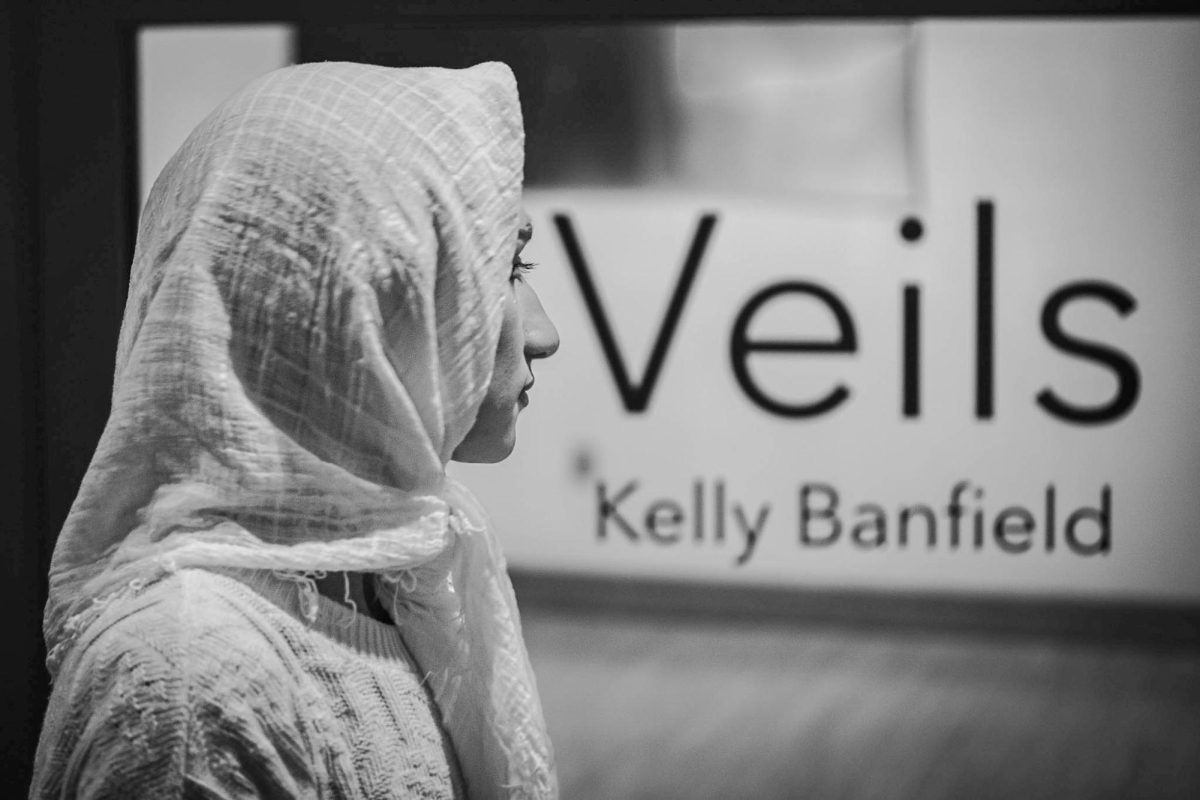Amanda Weber
weberama@grinnell.edu
Across campus, artistic works can be found in study areas, lounges and bathrooms — pieces sketched out over months or spur of the moment doodles in Sharpie. Each work is unique, and so is each arrangement, yet there are few exhibitions so eclectic as the pieces in the basement of the Burling Library.
There is a method to Burling basement’s creative madness, however. According to Kay Wilson, curator of the Grinnell Collection, the works on display in the basement were placed there for one of two reasons: they were too large to be stored in the Prints and Drawings Room, or they are currently being used for classes. That said, there is more than just their purpose connecting them — perhaps coincidentally, the works in the basement have a slightly edgier aesthetic than the works found, for instance, on the walls of Bucksbaum.
Current artists on display include William Kentridge, Ligia Bouton, Justin Gibbons and Willie Cole. Kentridge, according to Wilson, is a perfect fit for the Grinnell campus as an artist who uses his work as a medium to express his views on human rights and social injustice. The son of two South African apartheid-era lawyers, Kentridge’s work is layered with meaning, much of it related to the injustices faced by South Africans during apartheid.
In particular, Kentridge’s piece “Casspirs Full of Love” is a reference to the South African vehicles that were used for riot control. The title itself is an oxymoron — the idea of a Casspirs, a weapon for oppressing the natives, filled with an emotion of pure good — and the piece is just one example of a folio of work that can be found in one of the most unexplored areas of campus.
“It was creepy and weird,” said Anna Bell Hines ’20 after exploring the art offerings in Burling basement. “I thought it was cool.”
Kentridge’s art is not the only collection that expresses strong opinions and complex thought; there is an underlying theme to the basement exhibition of intellectual and philosophical exploration. Ligia Bouton’s piece “The Cage Went in Search of a Bird,” for instance, imagines a conversation between Franz Kafka and Charlotte Brontë in which the two authors, both of whom allegedly contracted tuberculosis, discuss how the body and soul communicate with and reflect the state of one another.
There is another arrangement in the basement that falls outside that of the classic art variety. The bathroom walls of Burling basement have been covered with the thoughts and perspectives of Grinnell students dating as far back as 1983, or so the etchings on the bathroom walls testify. The discourse on the walls is questionable — and has been questioned, to say the least, by administrators who have painted over the graffiti in previous years — but the thoughts, doodles, declarations and poetry all provide insights into the minds of Grinnellians from all different times, backgrounds and perspectives.
From “Vanitas vanitatum, omnia vanitas” to “Radical Empathy,” the fancies and conceits of Grinnell students have found their way to the Burling bathroom walls for years, and such art, so to speak, is not entirely out of place in the collection that has come together throughout the basement. Though it may be more off the beaten path than Faulconer or the halls of Bucksbaum, the contemplative art of the Burling Library basement has a charm all its own, and an odd, provocative wisdom to share with those willing to seek it out.

Photo by Andrew Tucker



































































